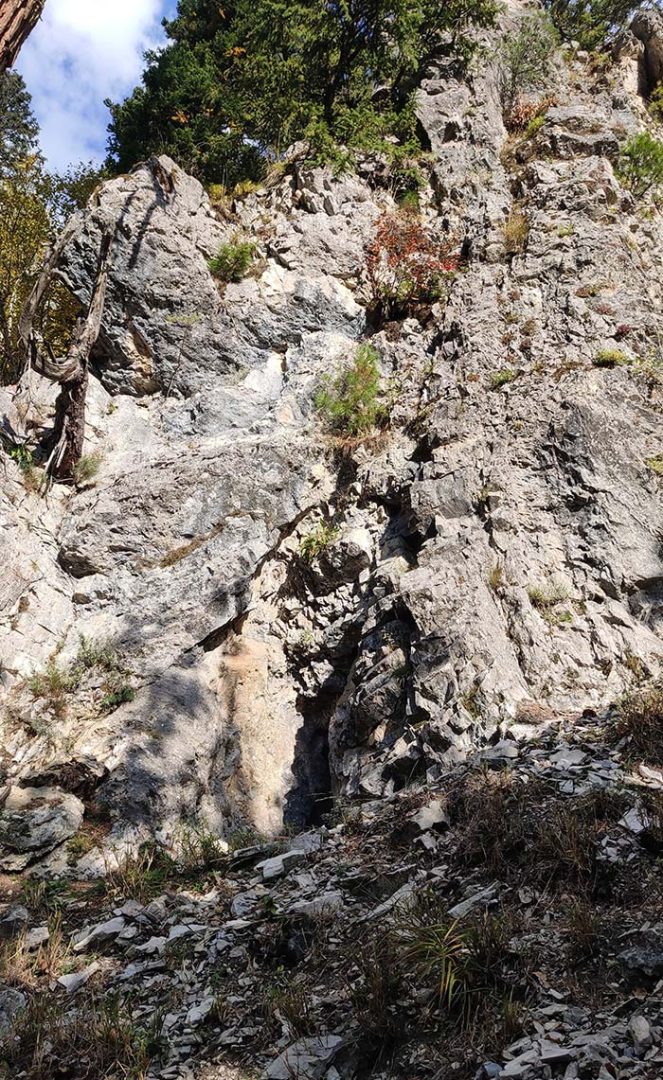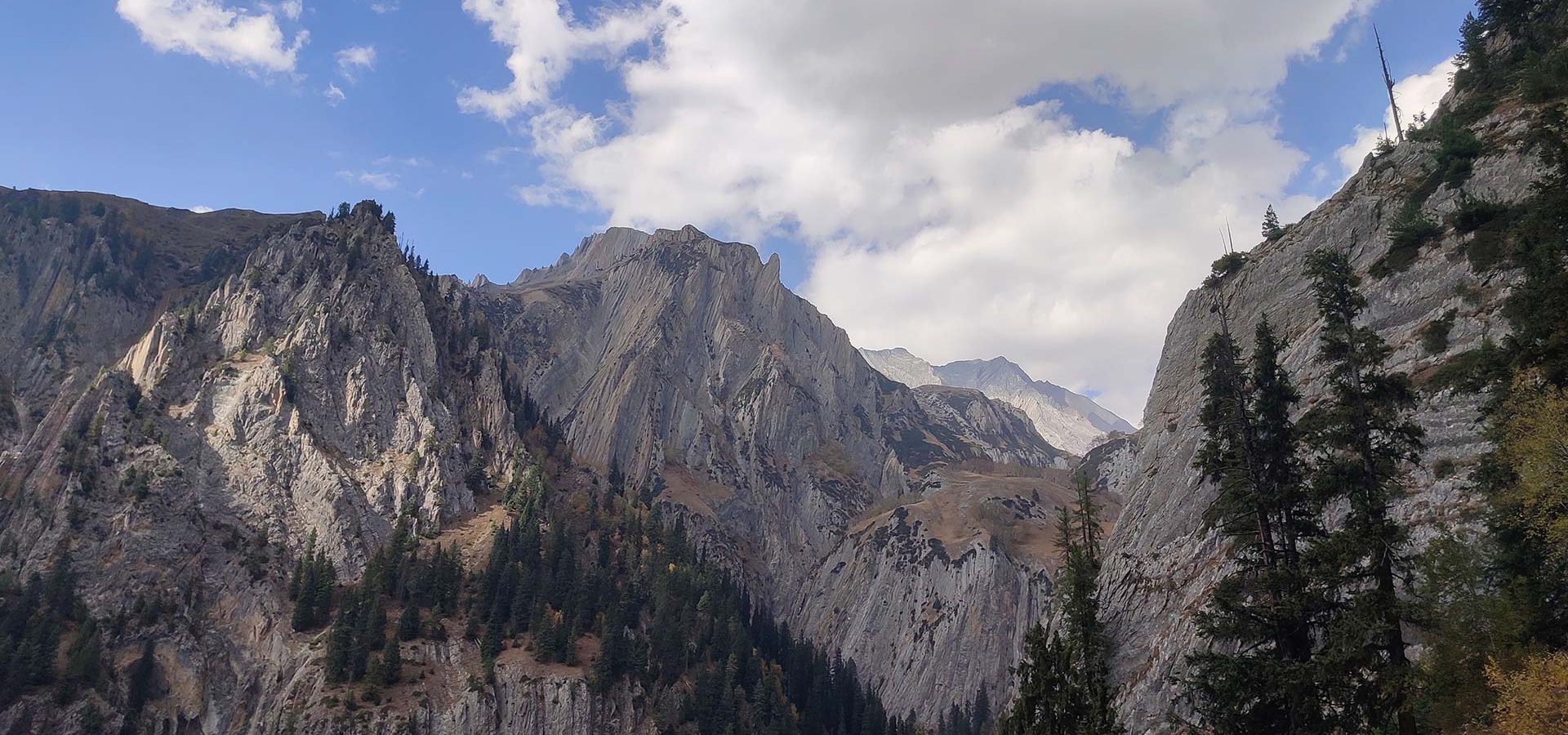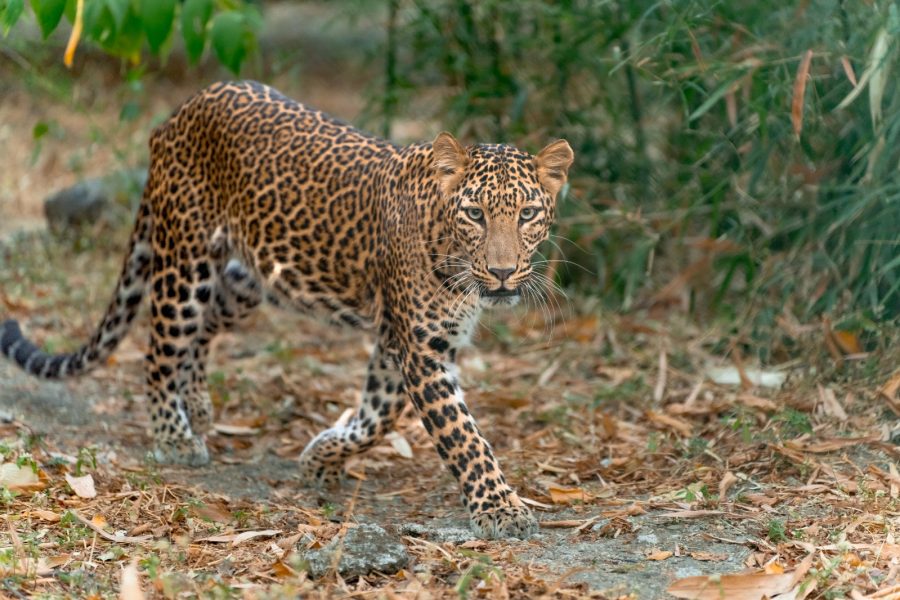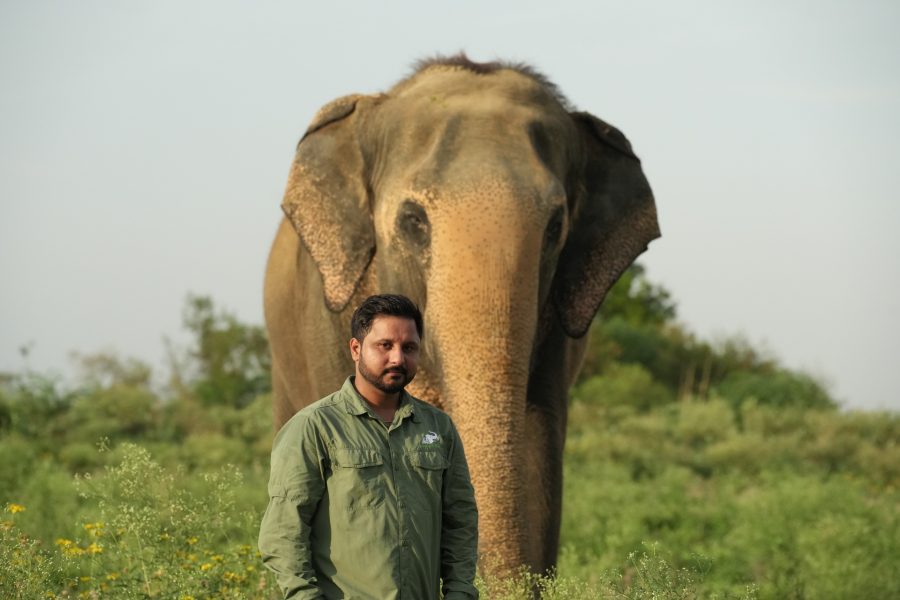Lead photo: The rugged, stunningly beautiful terrain of the Himalaya of Jammu and Kashmir make for difficult tracking of brown bears.
The Himalayan brown bear (Ursus arctos isabellinus) that roams the high mountains of northern India is one of the rarest and least known subspecies of brown bear in the world. While it is true that it is the same species of bear that inhabits Yellowstone National Park, the differences between these two subspecies are significant. For example, the Himalayan brown bear is much less aggressive, and has even been called docile (though still potentially dangerous). The total number of bears is estimated at between 130-220 individuals, and this population is listed as Endangered on the IUCN Red List. This subspecies is only found in Jammu & Kashmir, and the Indian states of Uttarakhand and Himachal Pradesh, as well as Nepal and eastern Pakistan. It is not thought to overlap or be connected to the Tibetan blue bear subspecies (U.a. pruinosis) as it is believed that brown bears do not cross the upper Indus River.

Wildlife SOS began its Himalayan brown bear conservation and research efforts roughly 5 years ago when it became apparent that more brown bears were getting into human-bear conflicts in the region. This issue is largely the result of bears becoming attracted to open garbage dumps and large hotel garbage bins. In 2023 Wildlife SOS researchers placed GPS collars on 6 bears to study their movement patterns in the region. These GPS collars also allowed teams to locate the hibernation dens of these rare and elusive creatures. It was important for us to study these dens and den locations so that denning areas could be conserved. Although brown bear denning has been studied in other places throughout the northern hemisphere, these Himalayan brown bear dens are amongst the first to be located and studied. Characteristics were gathered by Wildlife SOS biologists from each den that could be approached. However, a few of the dens were located in such treacherous areas, cliffs and steep slopes, that they could not be reached.

Based on previous studies, brown bears select their dens based largely on remoteness, den insulation and sometimes the availability of food near the denning site at the time of emergence. Brown bears tend to either excavate a den themselves or use naturally occurring caves. Within the den there are up to 3 compartments, an entrance, a tunnel and a bed chamber. They tend to make a bed of pine needles, pinecones and branches, in the generally smallish bed chamber. All of the hibernation dens we located for the Himalayan brown bear were made up of naturally occurring caves with at least 2 compartments and a bed made up of needles and pine cones.

Brown bear dens tend to be located on steep slopes and at high elevations. Steep slopes allow for drainage and are less likely to be disturbed by humans or other wildlife species. A typical brown bear high elevation den is found at roughly 2,700 metres (8,800 feet). High elevation dens generally get more snow allowing for more thermal insulation and the den being hidden to any passersby. Our Himalayan brown bear dens generally followed a similar pattern, as their dens were found on steep slopes, so steep in fact that our team could not make it to two of the dens. All of the dens were located at around 3,000 metres (roughly 10,000 feet), a little higher than what is considered a high elevation den. In the winter these dens and the den entrances would be covered in snow.
The Wildlife SOS collared bears [read about collaring] entered their winter dens in November and December and emerged in March and April. This is pretty normal timing for hibernating brown bears. We were happy to discover this as we had some worry that these food-conditioned bears may not hibernate for very long or not at all. The length of the hibernation differed between males and females, with females generally staying in their dens a little longer. However, this result may be due to 2 of our Wildlife SOS collared bears being pregnant at the time of den entry. This past spring they emerged with their cubs. Brown bears always give birth to cubs in their winter dens during hibernation. Pregnant mother brown bears tend to choose den sites away from other bears to protect their young from large male bears which sometimes will kill cubs.

Science aside, approaching these brown bear dens in the Himalayan mountains was a spiritual experience for our team. For millions of years these bears have lived amongst the tallest mountains in the world. Every winter travelling unseen to a remote location to hunker down on a bed of pine needles to hibernate through the cold winter months in a snow covered den, only emerging as the weather turns warmer and the snow begins to melt. These bears are truly part of the living landscape and without them there would be an emptiness.
Scientific research and publication is critical to inform long-term conservation efforts. For example, action plans can include protected sanctuary and wilderness areas, or better urban planning and funding for waste management. Population growth and rapidly growing tourism can stress infrastructure, causing increased human-wildlife conflict like with this endangered population of Himalayan brown bears. Having proper data and expertise is the first step in making a lasting impact. Your generous donations to Wildlife SOS help conservation efforts to protect these bears.





